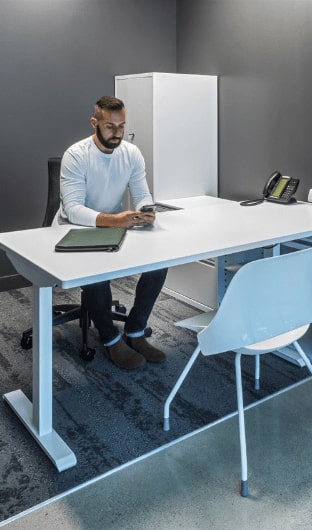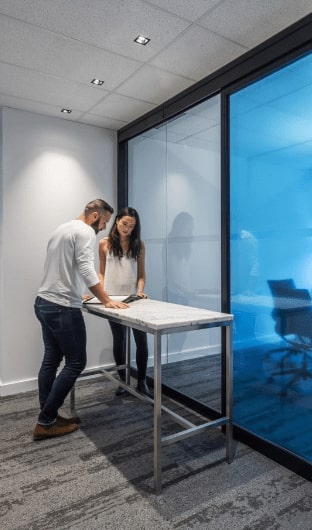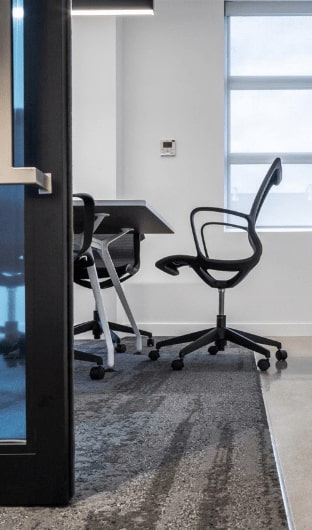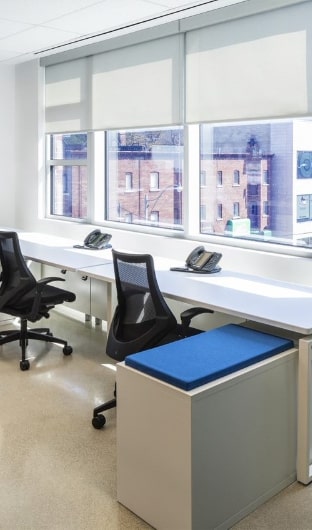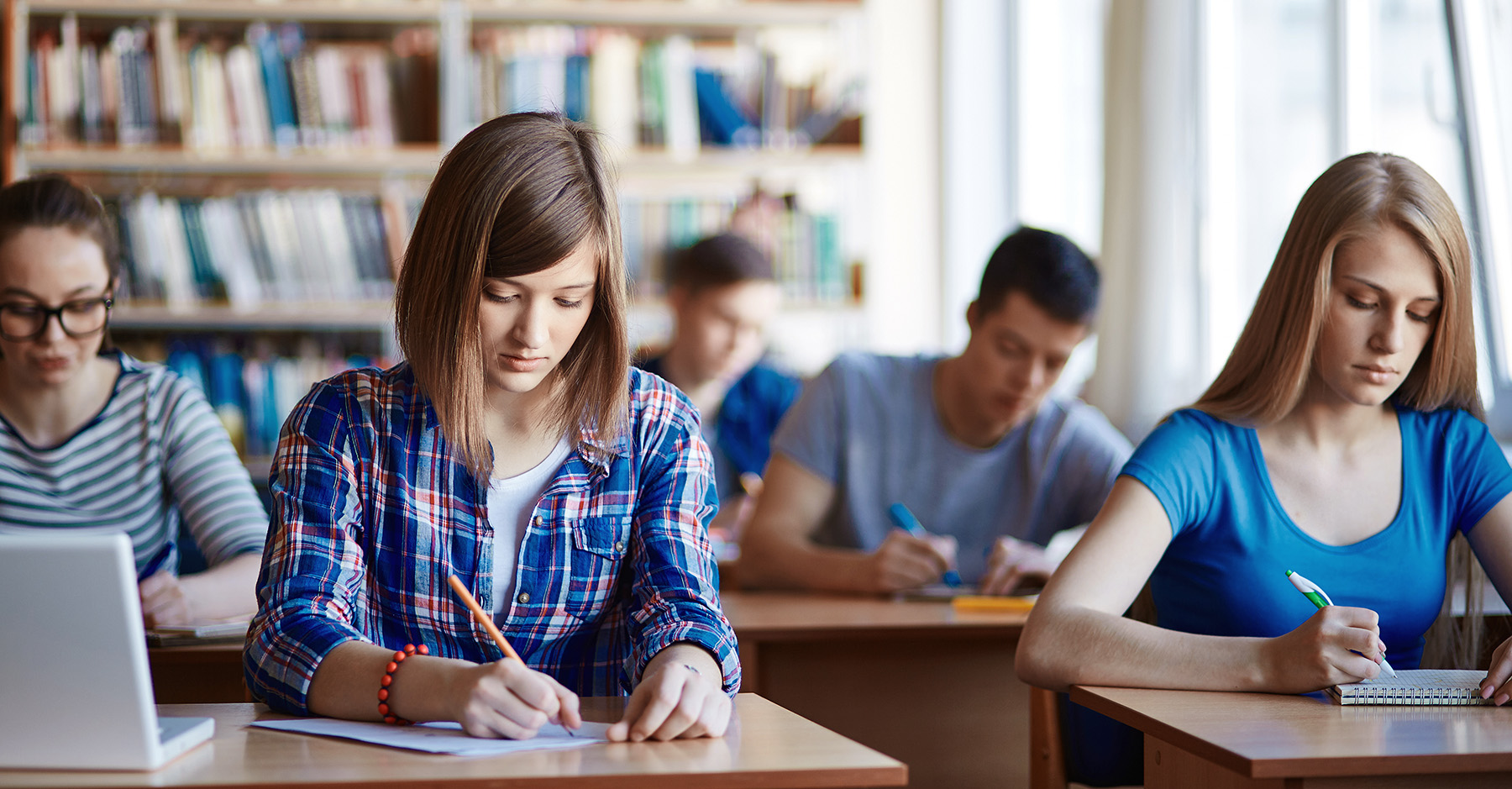
Top Design Features Innovative Schools Utilize
Innovative schools are continually integrating design features to create dynamic learning environments. These features encompass flexible spaces, ergonomic furniture, and sustainable elements that enhance the overall educational experience. Furthermore, they prioritize eco-friendly initiatives such as natural lighting and green spaces to promote a healthier atmosphere for learning. In this article, we will explore the pivotal design features that innovative schools utilize to create an enriched educational experience.
Innovative School Design Principles
Student-Centric Environments
Innovative schools prioritize student needs and preferences in their design features. Classrooms are meticulously crafted to encourage student engagement and active participation. These spaces foster independence and self-directed learning, empowering students to take charge of their educational journey. For example, classrooms may include flexible seating arrangements that allow students to choose where they work best.
The design also emphasizes creating an environment that supports various learning styles and preferences, catering to the diverse needs of students. This can involve incorporating quiet areas for individual study, collaborative zones for group projects, and interactive spaces for hands-on learning experiences.
Versatile Design
An essential aspect of innovative school design is its versatility. Flexible spaces enable teachers to adapt quickly to different teaching methods or activities without being limited by traditional classroom layouts. For instance, movable furniture allows seamless transition between lectures, group discussions, and creative workshops.
Multi-purpose areas cater to a wide range of activities beyond regular classroom instruction such as science fairs, art exhibitions, or community gatherings. By integrating elements like writable walls or smart technology into the design scheme, schools create environments that promote creativity, collaboration, and critical thinking among students.
Integrated Technology
Innovative schools integrate the latest educational technology tools seamlessly into their classrooms. This means providing access to devices like tablets or laptops while ensuring a reliable internet connection throughout the campus. The use of digital whiteboards can transform traditional lessons into interactive multimedia experiences that engage students on multiple levels.
Moreover, technology-enhanced spaces support digital literacy development by offering resources for coding classes or robotics workshops within the school premises itself.
Flexibility And Adaptability
Innovative schools utilize modular furniture and movable fixtures to create adaptable learning spaces. This allows for easy reconfiguration based on changing needs, fostering a dynamic environment. Adaptable layouts cater to diverse learning styles, enabling students to engage in various activities such as collaborative group work or independent study. For example, classrooms may feature desks and chairs that can be easily rearranged to accommodate different teaching methods.
Design features that allow quick adjustments based on changing needs are essential in innovative schools. The ability to transform a traditional lecture space into a discussion area or an interactive zone promotes engagement and creativity among students. By incorporating these design elements, schools can ensure that their learning environments remain versatile and responsive.
Purposeful Arrangements
Innovative school design emphasizes the thoughtful arrangement of furniture to optimize learning experiences. Classroom layouts are strategically planned to encourage interaction, communication, and collaboration among students. For instance, circular seating arrangements promote open discussions and teamwork while rectangular setups support focused individual work.
Strategic placement of resources within the classroom facilitates easy access for students during their learning activities. By positioning materials such as books, art supplies, or technology tools within reach, educators enable seamless transitions between different tasks without disrupting the flow of the lesson.
Safe And Inclusive Atmospheres
Innovative schools prioritize creating safe and inclusive atmospheres through intentional design considerations. They incorporate physical safety measures into their infrastructure while also ensuring that spaces accommodate students with diverse abilities and backgrounds. Furthermore, welcoming environments foster a sense of belonging for all students by promoting inclusivity regardless of differences.
The Role of Furniture in Modern Classrooms
Ergonomic Designs
Innovative schools prioritize education furniture that is ergonomically designed to promote proper posture and comfort. This means selecting chairs, desks, and equipment that reduce physical strain and discomfort for students. By creating ergonomically optimized spaces, schools aim to enhance productivity and well-being among students. For example, adjustable desks allow students to alternate between sitting and standing, promoting better circulation and reducing the risk of musculoskeletal issues.
Considering human factors in furniture design is crucial for creating a conducive learning environment. This involves taking into account the physical dimensions of students to ensure that the furniture is suitable for their age group. Moreover, incorporating elements such as flexible seating provides students with choices that cater to their individual preferences while also supporting their physical health.
Collaborative Setups
Modern classrooms embrace collaborative setups by strategically arranging furniture to facilitate group work, discussions, and teamwork. These arrangements encourage communication and cooperation among students during various activities. For instance, modular tables allow for easy reconfiguration based on different group sizes or teaching methods. By fostering an environment conducive to collaboration, these school settings prepare students for real-world scenarios where teamwork plays a vital role in achieving common goals.
Public Collaboration Zones
Innovative schools utilize public collaboration zones to foster cross-disciplinary collaboration and knowledge sharing. These open spaces allow students from different classes or grades to work together, promoting a sense of community and collective learning. By incorporating flexible furniture, such as modular desks and movable chairs, these areas can be easily adapted for various group sizes and activities. For example, a large table with adjustable seating arrangements can accommodate both small team discussions and larger collaborative projects.
These designated areas are designed to encourage interaction among students pursuing diverse subjects. The layout may include writable surfaces like whiteboards or glass panels for brainstorming sessions and project planning.
Private Reflection Areas
Another essential feature in innovative school design is the inclusion of private reflection areas, which serve as quiet spaces for individual introspection and focused work. These zones are equipped with design elements that provide privacy while minimizing distractions, allowing students to engage in self-reflection, goal-setting, and personal growth undisturbed by external stimuli.
The furniture selection in these areas often includes comfortable seating options like cozy armchairs or soundproof booths to create an environment conducive to concentration. Furthermore, strategically placing plants or natural elements can contribute to a calming atmosphere that promotes relaxation and mental clarity among students.
Innovative schools utilize a combination of design features to create effective learning environments. By incorporating principles of flexibility, collaboration, and technology integration, these schools aim to foster holistic student development and prepare them for the real world. The characteristics of effective learning spaces, the role of furniture, and the integration of technology and nature – all play crucial roles in shaping a conducive learning environment.
Connect with Harkel Office to create an enriched educational experience for your students with thoughtfully designed and sustainable education furniture that caters to the unique needs of your students.


